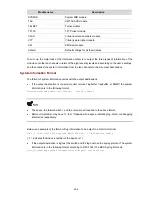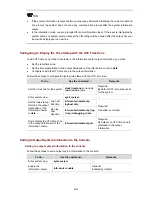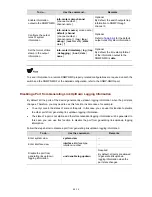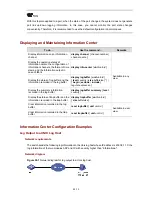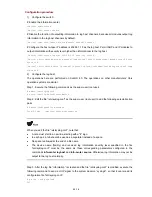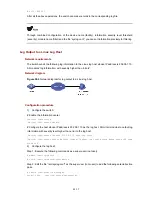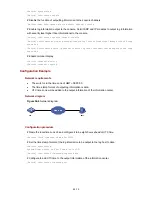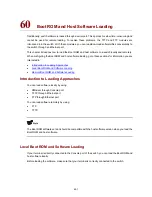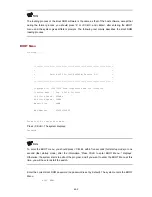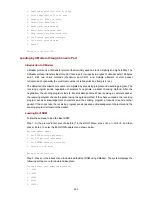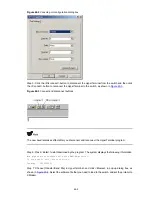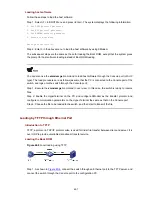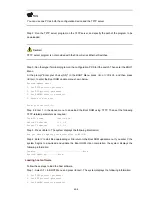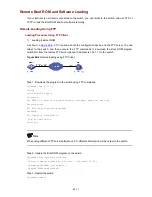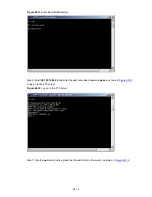
Note the following items when you edit file “/etc/syslog.conf”.
z
A note must start in a new line, starting with a “#" sign.
z
In each pair, a tab should be used as a separator instead of a space.
z
No space is permitted at the end of the file name.
z
The device name (facility) and received log information severity specified in file “/etc/syslog.conf”
must be the same with those corresponding parameters configured in commands
info-center
loghost
and
info-center source
. Otherwise, log information may not be output to the log host
normally.
Step 3: After the log file “information” is created and the file “/etc/syslog.conf” is modified, execute the
following commands to view the process ID of the system daemon “syslogd”, stop the process, and then
restart the daemon "syslogd" in the background with the “-r” option.
# ps -ae | grep syslogd
147
# kill -9 147
# syslogd -r &
In case of Linux log host, the daemon “syslogd” must be started with the “-r” option.
After all the above operations, the switch can record information in the corresponding log file.
Through combined configuration of the device name (facility), information severity level threshold
(severity), module name (filter) and the file “syslog.conf”, you can sort information precisely for filtering.
Log Output to the Console
Network requirements
The switch sends the following information to the console: the log information of the two modules ARP
and IP, with severity higher than “informational”.
Network diagram
Figure 59-3
Network diagram for log output to the console
Configuration procedure
# Enable the information center.
59-18

